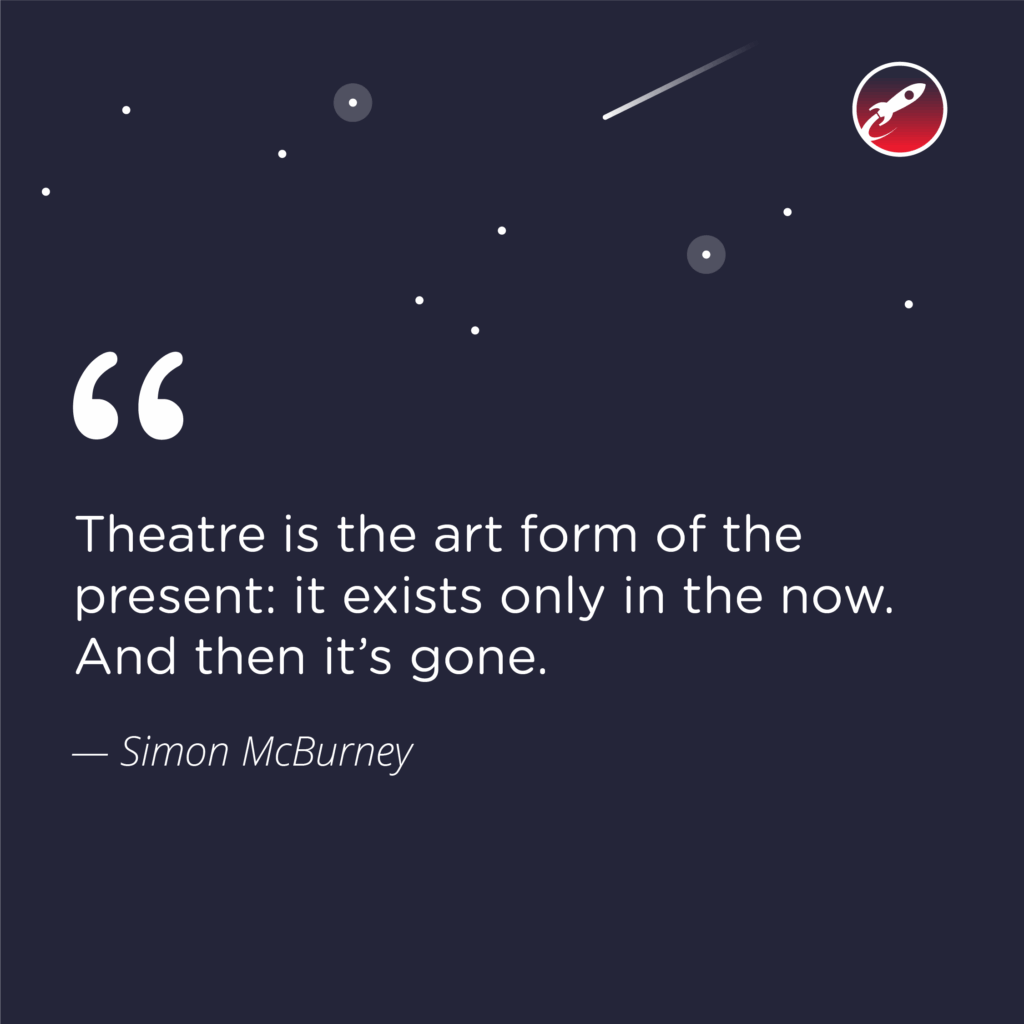I had the opportunity to chat with an Associate Dean at an Ontario College last week, and what he said caught me off guard in the best way: “We’re thinking about introducing a new Art Direction course across a few art-related programs. Because with AI accelerating, that’s the job that’s about to matter more than ever.”
I’ve worn a lot of creative hats over the years—designer, illustrator, cartoonist, creative manager—but lately, I’m wearing a very specific one: Creative Survivor.
Since stepping into full-time freelance and building out Orbit Studios, I’ve been integrating AI into my workflow in increasingly strategic ways—not as a crutch, but as a creative partner. Not to replace effort, but to amplify it.
Which brings me to a great post I stumbled across by Creative Director Mark Conachan, who mapped out how he used AI across one week of work. And I thought: same. Maybe even same, but more.
Because if you’ve ever directed creative work—be it from a junior designer, a team of freelancers, or now a chat window with a blinking cursor—you know the real skill isn’t in making stuff. It’s in making sense of stuff. Understanding the brief behind the brief. Crafting the voice, adjusting the rhythm, keeping the tone on-brand. Here’s how AI fits into my week—and why it doesn’t work without that human touch:
How I Used AI Last Week (and Every Week Since Going Solo):
1. Website Content Development
I’ve been building my portfolio and website content over the past few weeks using AI more like a junior writer with unlimited stamina. I draft messy outlines or fragments of ideas, and from there, it’s a collaborative back-and-forth. I edit, reframe, and reshape until the tone, voice, and clarity feel right. It’s not about handing things off—it’s about iterating faster.
2. Marketing and Copywriting
Whether I’m building a Rapid Reaction blog post about a logo, a social caption that avoids sounding robotic, or a full Substack piece that blends sarcasm, insight, and clarity—this is where art direction kicks in. AI helps generate structure and suggestions, but the angle, voice, and timing? That takes an experienced eye.
3. New Business and Lead Gen
Even business development needs curation. I’ve used AI to build proposal templates, service packages, and communication strategies for clients—including a local landscaping professional that needed a full suite of social media content. The AI provides a springboard, but the final result only works because I’m directing the tone, logic, and layout.
4. Personal Brand Building
This very post is a case in point. The writing process was iterative and hands-on. I worked with AI to sketch ideas, push past blank-page syndrome, and test phrasings. But it took a lot of rewriting and refining to get it here. Like with any creative collaborator, the tool is only as good as the direction it receives.
AI doesn’t replace creative jobs—it redefines them.
And that redefinition requires input. Taste. Experience. The ability to say, “Nope, that’s not it,” and then steer things toward something that is.
The Art Director doesn’t disappear in the AI age. The Art Director becomes the bridge. The translator. The filter that ensures ideas don’t just get made—they get made better.
So when people ask if AI is going to take over creative work, I say:
Only if no one’s around to tell it when it’s wrong.
Orbit is built on that philosophy. We don’t just use AI—we guide it. We art direct it. And we still believe that great creative only happens when experience meets intention.

